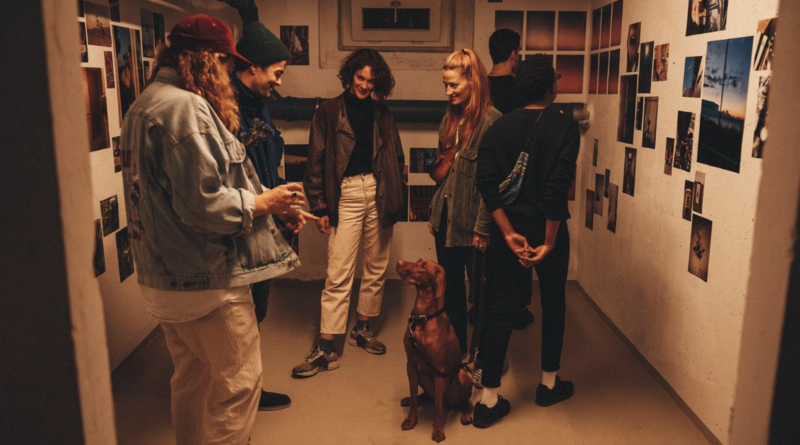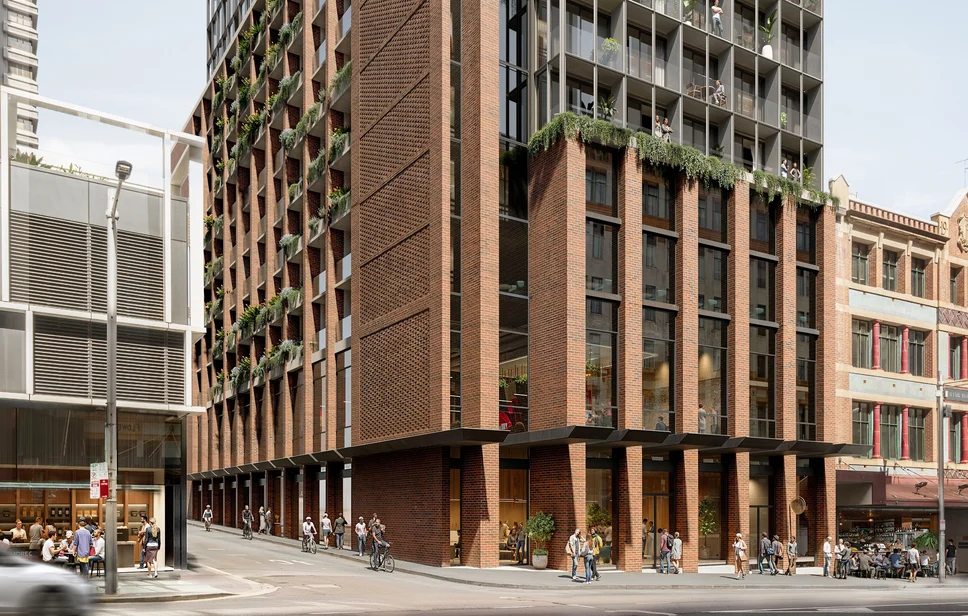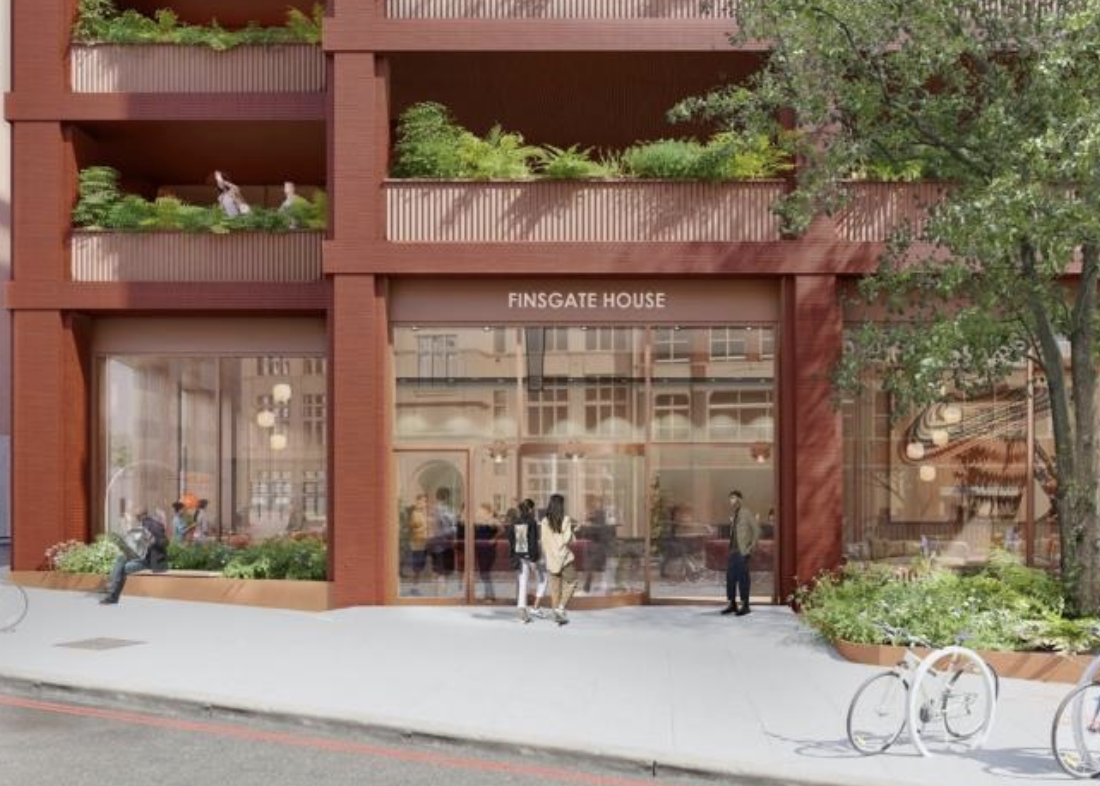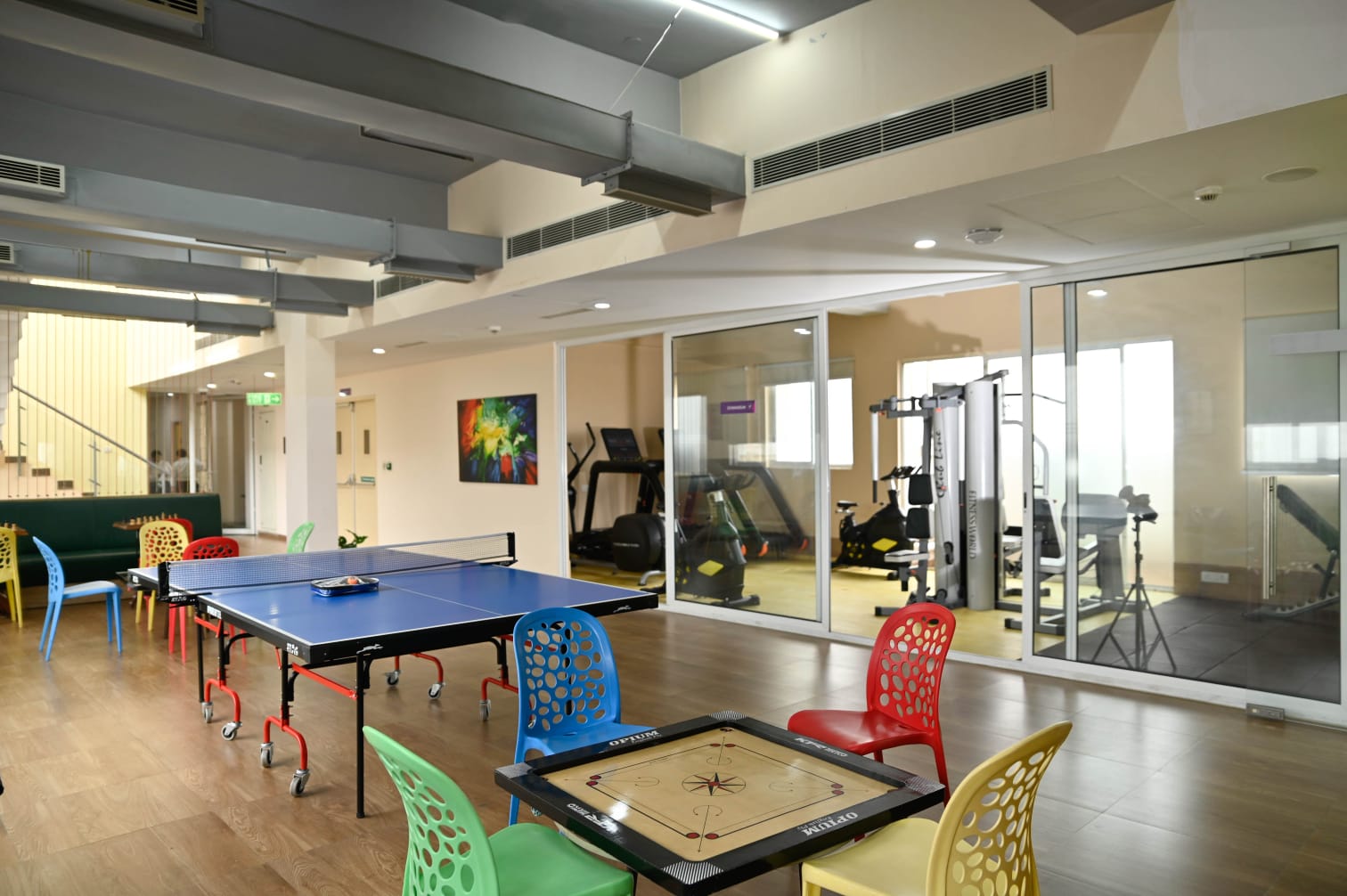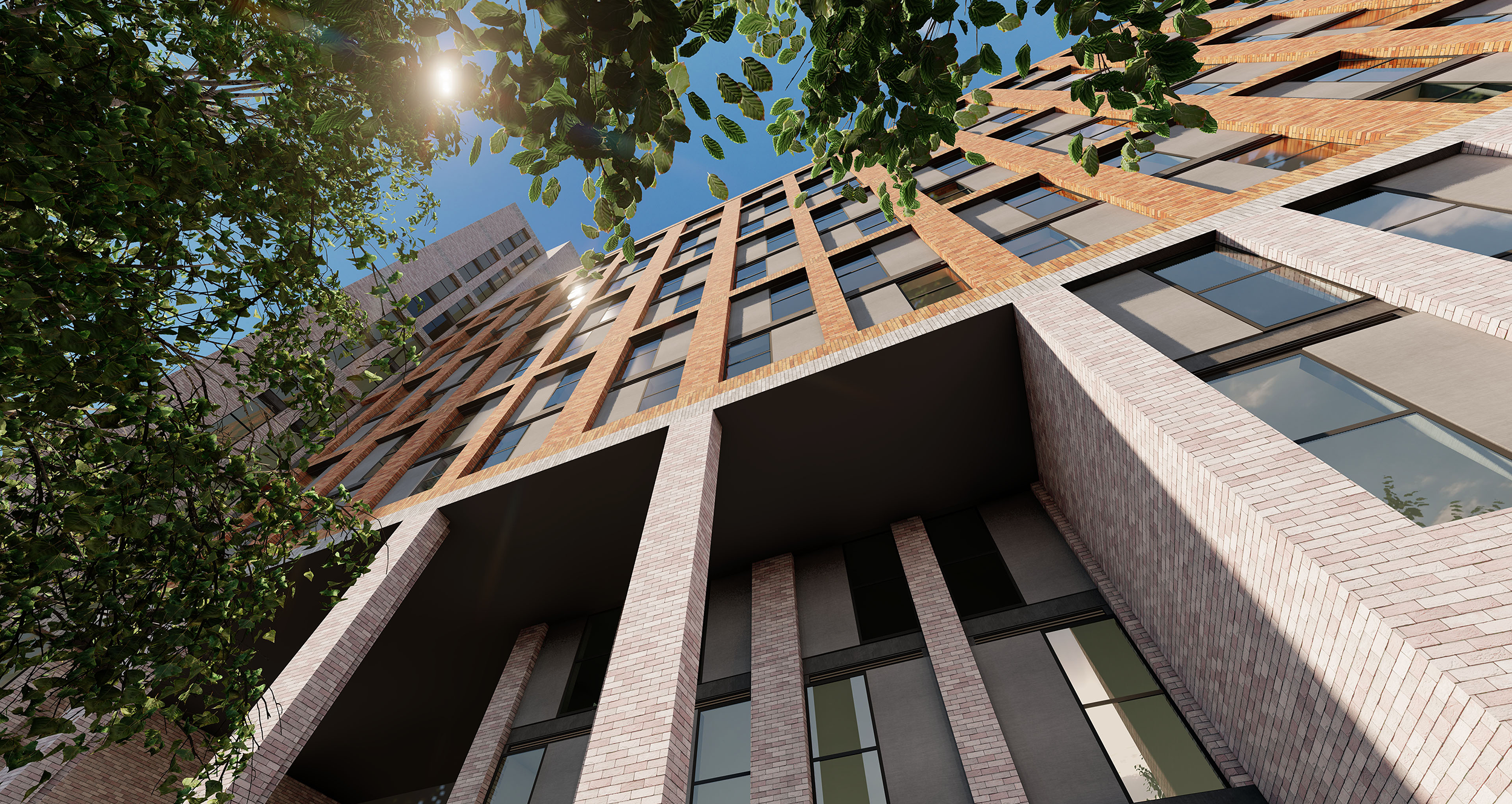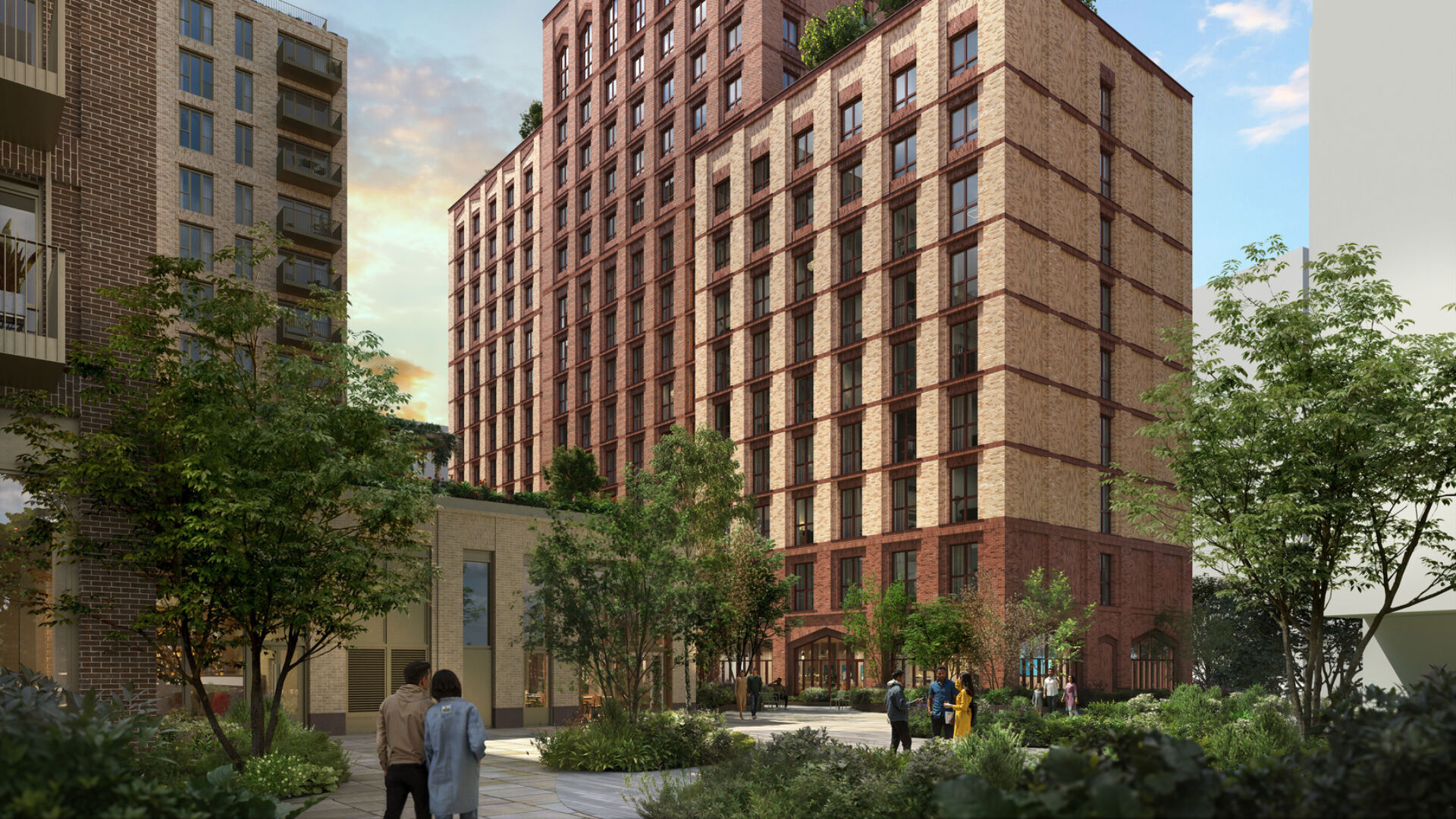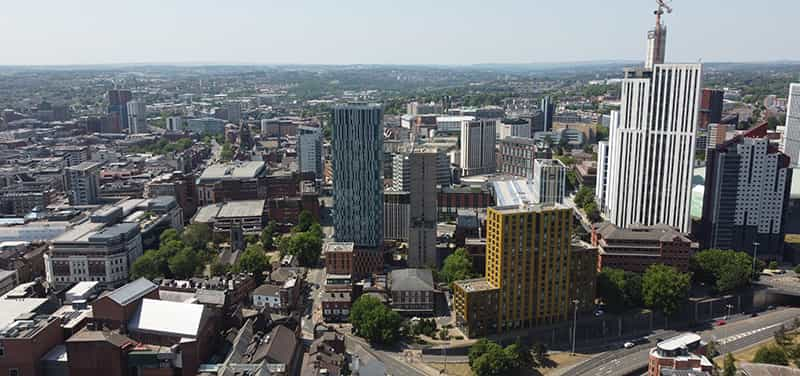Yoni Karako, the co-founder of Vonder, looks at ways in which the coliving sector can retain its key attributes for residents while providing returns for investors and operators.
In this article, we will assess the BTR and coliving market in the UK and London, expand on important trends in the coliving industry, trying to understand their impact, and possibly provide an answer to the question in the title of this article (coliving will be treated as a sub-industry within the BTR sector).
With £15 billion that has been invested in London BTR since 2015, (JLL) BTR is set to continue growing in the next few years. In Q1 2023, some £1.12 billion was invested in BTR in the UK, reflecting 51 per cent quarterly growth from the previous quarter. In 2022, a record £2.7 billion was invested in London BTR, backing up 10,000 homes and reflecting a rise of 46 per cent in transaction volume. (Cushman Wakefield)
London BTR stock has the highest market share with 38.3 per cent of the total BTR stock in the UK (96,184 London BTR units, at different stages, out of 251,208 total UK BTR units). (British Property Federation)
The urban housing crisis seems set to stay with us for the foreseeable future, with an ongoing imbalance between supply and demand continuing to support UK rental growth. The RICS March 2023 survey shows that tenant demand is rising (+46 per cent) while landlord instructions continue to fall (-21 per cent) (Cushman Wakefield). This will result in unmet demand for more than 100,000 PRS households over the next decade, though in reality, this number could be far higher (JLL).
On the debt side, more and more lenders offer coliving assets with similar terms to residential assets, acknowledging the strong demand for good quality products over traditional HMOs (CBRE).
Considering the aforementioned, it is fair to assume that the coliving industry should flourish in the years to come, and joint ventures between coliving operators and real estate investment companies are obvious. Real estate companies are increasing their investments in residential assets due to their resilience in volatile economic times, compared to other asset classes. Coliving potentially offers them outperforming returns over BTR and residential. Coliving operators are interested in scale, fast track for growth, access to multiple properties, and strategic capital. They also want a share of the real estate upside they are creating in properties. It sounds like a perfect match, but what would be the impact on coliving as a product, service, creativity, and community? Is it possible to create a community through creativity in a profitable way?
Before we try to answer these questions, we should understand the net margins of coliving as a business, the impact of COVID-19, WeWork’s collapse, and the current market downturn on the coliving industry.
The average gross markup for a coliving operator in London, excluding operational costs, ranges between 25 per cent and 40 per cent, with an average stay of eight months. As an industry standard, coliving generates an EBITDA net operating margin range of 10 per cent to 15 per cent at maximum. The graph below is a good example of the difference between BTR and traditional residential to coliving. Coliving offers tenants to pay less per unit and more per square footage, with less square footage but including all bills and services.

BTR and traditional residential units offer tenants to pay more per unit and less per square footage, with more square footage but without any bills or services included.
The value for both sides is clear: tenants receive a complete and simple ecosystem with facilities and amenities for the price of “sacrificing” personal space. Landlords and operators maximising revenues per square footage and outperforming BTR and traditional residential income per square footage.
WeWork played a major role in the development and growth of the coliving asset class and turned “community” into a buzzword. It also traumatised investors and the real estate industry with its ambitious yet financially doubtful “creative and community” projects, turning “community” once again, this time into a very scary word for real estate owners and investors.
Unfortunately, COVID-19 swept away some of the biggest coliving pioneers such as The Collective and Quarters, forcing other operators to optimise their operations in an already challenging marginal business and to focus on their core offering: a furnished and serviced space. Notable co-living operators that managed to go through COVID were either already owned by a real estate company, e.g., Vonder by LRC Group, or acquired or formed a joint venture with a real estate investment company, e.g., Node Living’s €300 million JV with Intriva Capital.
Reshaping the industry around the owner-operator model will serve both landlords and operators and respond to the growing need for the new age of urban tenants and it is inevitable.
So should operators and real estate investment companies still invest in and develop creativity and community initiatives as core values in co-living, and is it possible to do so profitably?
During my time as CEO of Vonder, I spearheaded numerous creative and community projects, shaping a vision that was fully supported by LRC Group’s owner and the talented Vonder team. These initiatives allowed us to redefine the coliving experience and create vibrant living environments that fostered a strong sense of community among our residents.
Through strategic planning and execution, we transformed Vonder properties into dynamic hubs that celebrated art, music, culture, and social connections. By integrating art galleries, cultural spaces, cafes, bars, and co-working areas, we provided residents with diverse experiences and opportunities for meaningful interactions with other city residents.
Vonder offered residents more than just a place to live. By nurturing a culture of creativity and community, we enhanced the value we provided and established a unique identity within the co-living industry.
These projects serve as a testament to the potential for profitability in combining community and creativity in the reshaping co-living industry. They offer valuable insights into the possibilities of creating engaging living spaces that prioritise both financial success and social impact.
Köpenickerstr. 55, one of Vonder’s flagship locations, a property initially planned to be sold as apartments in the heart of Kreuzberg, therefore lacked any communal areas. Together with local artists, we transformed a dark basement into 8 Rooms Gallery, gaining recognition as a prominent art establishment in Berlin, attracting thousands of visitors to each exhibition. This creative space serves as a bridge, connecting newcomers to the city and immersing them in its rich culture. It provides a platform for talented artists to showcase their work, generate income, and contribute to the local art scene.
Continuing our mission to create exceptional experiences, we took advantage of the available space in the backyard of the same location and introduced “K55 Cafe Container.” This eye-catching shipping container was transformed into a vibrant and neonised coffee haven. Collaborating with local specialty coffee, Concierge Coffee, we served a range of high-quality, handcrafted coffees sourced from the finest beans.
Not only did the K55 Cafe Container provide our tenants with a convenient and unique coffee spot, but it also served as a platform to support and promote local businesses. By leveraging their existing popularity and collaborating with them, we fostered a sense of community and strengthened the local economy. In fact, we even had the pleasure of having one of Vonder’s own tenants take on the role of manager and barista, adding a personal touch to the entire experience.

Taking our commitment to community and creativity to new heights, we decided to take a bold step by leasing the vacant lot behind Köpenickerstr. 55. Inspired by Paris’ iconic Pigalle basketball court, we assembled a talented team of local artists and transformed the space into the vibrant “Vonder Urban Playground,” complete with a meticulously painted basketball court reflecting Vonder colours. This innovative addition became the epicentre for numerous sports and cultural events, including yoga and fitness classes, fostering a strong connection between city newcomers and local residents right at their doorstep. We curated a diverse range of engaging content, spanning sports, wellness, music, and other activities, catering to both our tenants and the broader Berlin community.
The exceptional appeal of our basketball court didn’t go unnoticed, as it caught the attention of Travis Scott who selected it as the venue for his highly anticipated “Air Jordan” shoe launch. Subsequently, Adidas also chose to rent the court for their own events, further solidifying its status as a remarkable and sought-after space within the city.

In a different Vonder location in Berlin, Bismarckstrasse 103, we transformed an empty ground floor retail space into the “Vonder Club House”. Inspired by Soho House club floor, we introduced a year-round cafe and bar, along with a vibrant schedule of weekly events encompassing arts, music, public talks, seminars and co-working space for over 100 tenants at this site.
As the coliving industry transitions to the owner-operator model, there is a concerning trend of projects becoming increasingly generic and repetitive. The primary focus appears to be maximising income per square footage, often at the expense of creativity and community-building efforts. However, it is important to recognise that generating significant value through creativity and community in a low-margin business is no easy task. Nevertheless, there exists tangible value that can be harnessed both in financial terms and in terms of social impact. The challenge lies in determining how to effectively achieve this balance and unlock the full potential of creativity and community within the co-living sector.
Gaining the trust of investors and presenting a broader perspective is crucial. This can be achieved through a comprehensive yet adaptable business plan and strategic collaborations with local brands and companies. By doing so, the operator can maintain focus on their core business: managing residential real estate properties. The significance of local partners cannot be overstated, as they possess a deep understanding of the city, are acquainted with tastemakers and trendsetters, and can help create a concept that appeals to diverse groups within the community. This approach goes beyond catering solely to the tenants of the co-living property and prevents the development of an unprofitable side venture. Conversely, relying on a simplistic strategy of offering free pizza and beer can undermine the attractiveness of co-living, both for its residents and the wider community.
Prioritising creativity and a real passion for community will be essential for all parties involved and will offer substantial value in several ways:
• Additional revenue streams, new business opportunities, and support for local businesses.
• Genuine community connection through space, music, art, and different content, allowing newcomers a fast track to usually closed social circles while becoming a relevant content outlet in the city.
• Strengthening coliving operators’ brand identity and contributing to the industry’s appeal and impact.
When done right, creative and community initiatives can translate into even higher returns, operating margins, and a better product and experience for the tenants, serving all parties at once and repositioning coliving as an attractive and creative business with a more diverse community.
Yoni Karako is a serial entrepreneur with more than five profitable companies co-founded in the real estate, music, proptech and facility management sectors. He co-founded Vonder and acted as its CEO for the first four years of the company.


